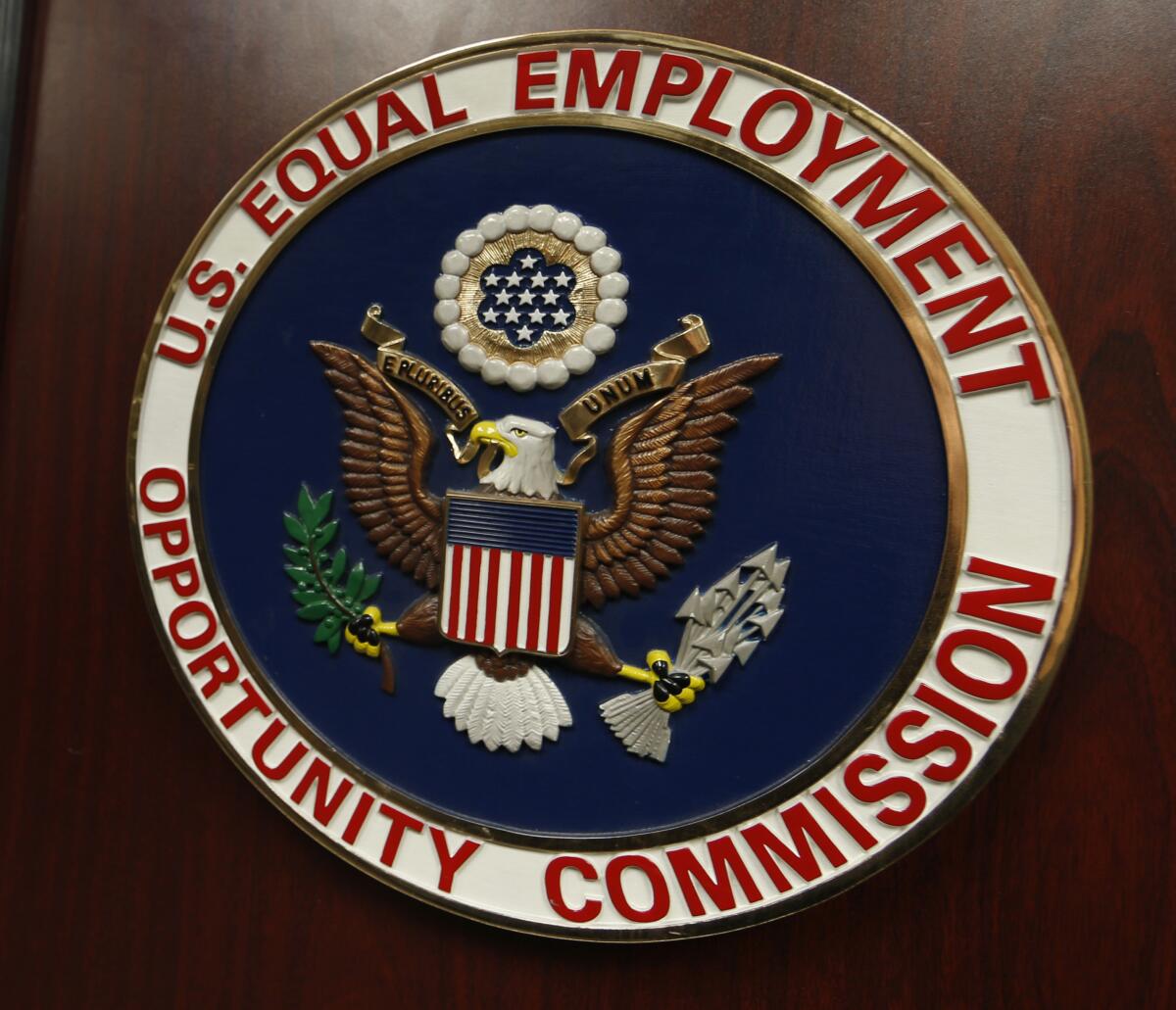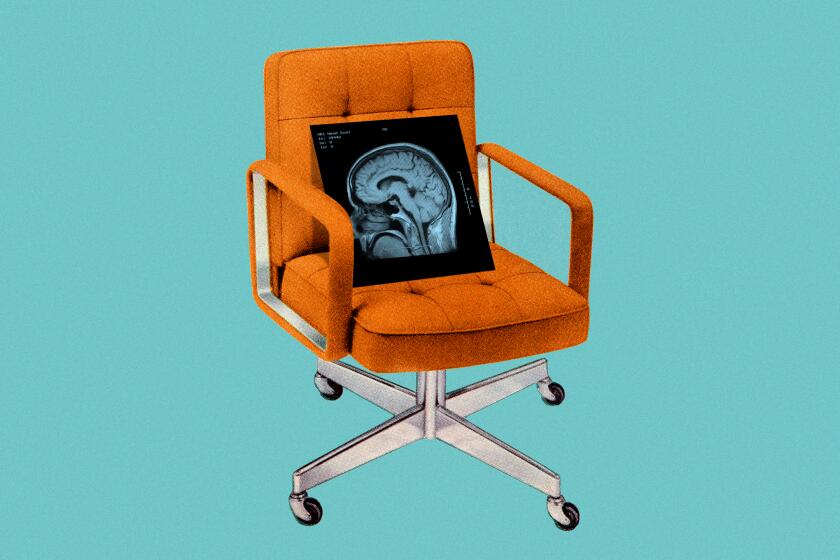Check your ‘bossware’ tools for bias, U.S. agency head warns employers

- Share via
The head of the U.S. agency charged with enforcing civil rights in the workplace says artificial intelligence-driven “bossware” tools that closely track the whereabouts, keystrokes and productivity of workers can also run afoul of discrimination laws.
Charlotte Burrows, chair of the Equal Employment Opportunity Commission, told the Associated Press that the agency is trying to educate employers and technology providers about their use of these surveillance tools as well as AI tools that streamline the work of evaluating job prospects.
And if they aren’t careful with say, draconian schedule-monitoring algorithms that penalize breaks for pregnant women or Muslims taking time to pray, or allowing faulty software to screen out graduates of women’s or historically Black colleges — they can’t blame AI when the EEOC comes calling.
“I’m not shy about using our enforcement authority when it’s necessary,” Burrows said. “We want to work with employers, but there’s certainly no exemption to the civil rights laws because you engage in discrimination some high-tech way.”
The federal agency put out its latest set of guidance Thursday on the use of automated systems in employment decisions such as who to hire or promote. It explains how to interpret a key provision of the Civil Rights Act of 1964 known as Title VII that bars job discrimination based on race, color, national origin, religion or sex, which includes bias against gay, lesbian and transgender workers.
Spurred by the pandemic, companies are installing employee-tracking software to monitor productivity. Many haven’t told their workers.
Burrows said one important example involves widely used resume screeners and whether they can produce a biased result if they are based on biased data.
“What will happen is that there’s an algorithm that is looking for patterns that reflect patterns that it’s already familiar with,” she said. “It will be trained on data that comes from its existing employees. And if you have a nondiverse set of employees currently, you’re likely to end up with kicking out people inadvertently who don’t look like your current employees.”
Amazon, for instance, abandoned its own resume-scanning tool to recruit top talent after finding it favored men for technical roles — in part because it was comparing job candidates against the company’s own male-dominated tech workforce.
Other agencies, including the Department of Justice, have been sending similar warnings for the past year, with previous sets of guidance about how some AI tools could discriminate against people with disabilities and violate the Americans with Disabilities Act.
In some cases, the EEOC has taken action. In March, the operator of tech job-search website Dice.com settled with the agency to end an investigation over allegations it was allowing job posters to exclude workers of U.S. national origin in favor of immigrants seeking work visas. To settle the case, the parent company, DHI Group, agreed to rewrite its programming to “scrape” for discriminatory language such as “H-1Bs Only,” a reference to a type of work visa.
Second Opinion: Why an algorithm can never truly be ‘fair’
Much of the EEOC’s work involves investigating the complaints filed by employees who believe they were discriminated against. And though it’s hard for job applicants to know if a biased hiring tool resulted in them being denied a job, Burrows said there is “generally more awareness” among workers about the tools that are increasingly being used to monitor their productivity.
Those tools have ranged from radio frequency devices to track nurses, to monitoring the minute-by-minute tightly controlled schedule of warehouse workers and delivery drivers, to tracking keystrokes or computer mouse clicks as many office employees started working from home during the pandemic. Some might violate civil rights laws, depending on how they’re being used.
Burrows noted that the National Labor Relations Board is also looking at such AI tools. The NLRB sent a memo last year warning that overly intrusive surveillance and management tools can impair the rights of workers to communicate with one another about union activity or unsafe conditions.
“I think that the best approach there — I’m not saying not to use it, it’s not per se illegal — but is to really think what it is that employers are looking to measure and maybe measure that directly,” Burrows said. “If you’re trying to see if the work is getting done, maybe check that the work is getting done.”
Employees and job applicants are increasingly being subjected to AI and other tech designed to evaluate their cognitive ability and activity.
More to Read
Inside the business of entertainment
The Wide Shot brings you news, analysis and insights on everything from streaming wars to production — and what it all means for the future.
You may occasionally receive promotional content from the Los Angeles Times.













